Until just a few decades ago, hundreds of thousands of youngsters and children were placed in Swiss children’s homes. Separated from their environment and families, they were supposed to be raised and educated in these homes. In reality, they were forced into hard labour for years and suffered psychological and physical violence and abuse. Switzerland saw this and looked away.
In recent years there have been efforts to look back on and reassess these injustices towards children and young people. The publication «Reason Enough» casts a light on the search for identity of those affected.
Through the use of drawing as a visual language, combined with texts from interviews and conversations, the publication makes history accessible in a multifaceted and personal way. The aim of putting this subject across narratively in book form is to increase the visibility of these compulsory social measures in Switzerland in the 20th century. The project came to fruition in cooperation with the initiative «Gesichter der Erinnerung» («Our Faces, Our Stories»).
«This is an exceptionally well-designed, distinctive and above all touching work, in which the author Simone explores the use of drawing as a way to deal with memory and remembrance. With sensitivity and empathy, she employs the medium of drawing not just as a means of expression but also as a communication tool in the dialogue with those affected. [...] Her project has great potential for further development as it impressively shows how epistemic qualities can emerge when a subject is approached through drawing, especially in Social Sciences. It makes a case for the immediacy of drawing and the acceptance of social responsibility as a designer.» – Excerpt from the supporting statement of the Subject Area Knowledge Visualization
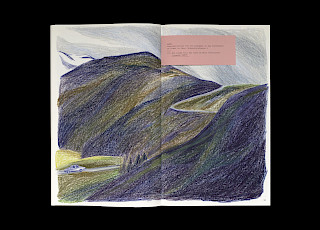
«As a designer, I have been exploring the medium of drawing. I was now able to use the qualities of drawing to approach the subject of forced welfare measures in Switzerland and to get in touch with people and their stories.» – Simone Stolz
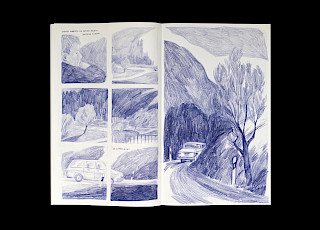
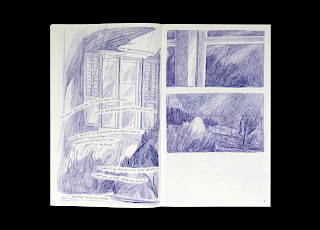
«In the future, too, I want to listen, record and point out. In doing so, I see myself as a designer, illustrator, researcher.» – Simone Stolz
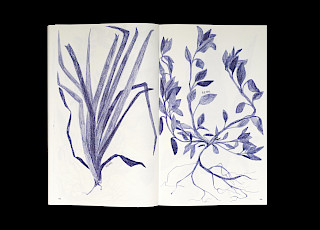
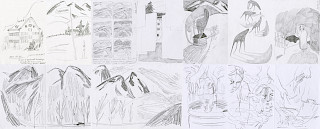
Telling stories and understanding design as a means of communication, mediation and research - making the invisible visible – drives Simone Stolz as a designer and illustrator. After high school, Simone completed the design propaedeutic and studied Knowledge Visualization at the ZHdK, as well as an exchange semester in illustration in Dublin.